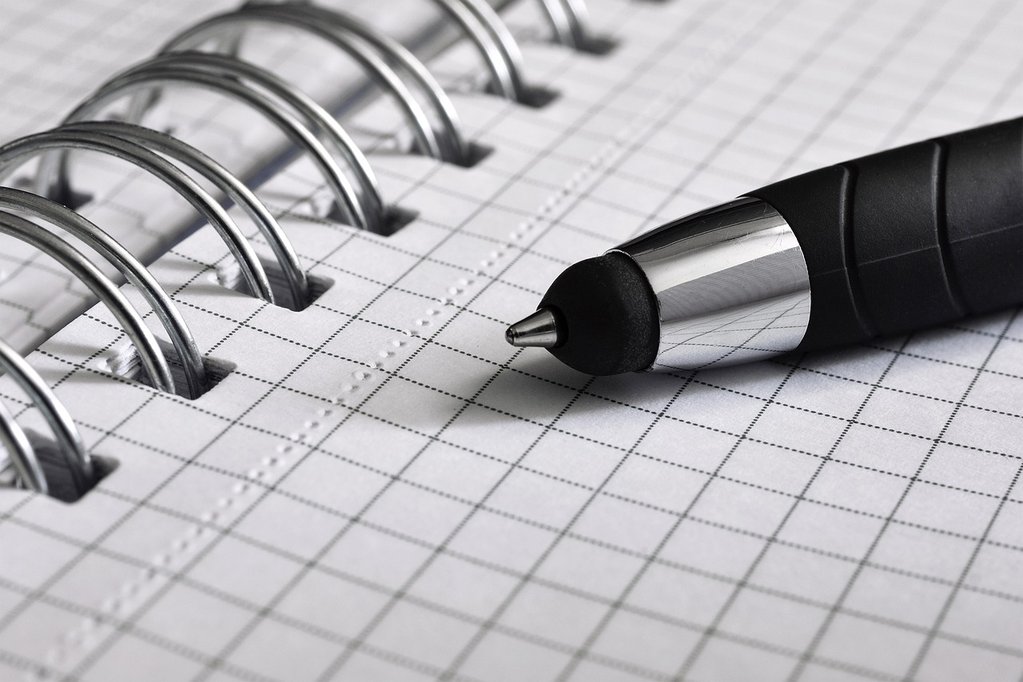Cambridge IGCSE Accounting(0452)/O Level Principles of Accounts(7110) Notes: Single entry and Incomplete records: Example 1
- After looking at the steps required to create Financial Statements using Incomplete and Single Records
- And calculating missing figures
- And learning about Statement of Affairs
- It is time to look at a first example
Question
On 1 May 20X8 Jenny Barnes, who is a retailer, had the following balances in her books:
- Premises $70,000;
- Equipment $8,200;
- Vehicles $5,100;
- Stock $9,500;
- Trade debtors $150.
Jenny does not keep proper books of account, but bank statements covering the 12 months from 1 May 20X8
to 30 April 20X9 were obtained from the bank and summarised as follows:
| $ | |
| Money paid into the bank: | |
| Additional Capital | 8 000 |
| Shop Takings | 96 500 |
| Received From Debtors | 1 400 |
| Payments made by cheque: | |
| Paid for stock purchased | 70 500 |
| Purchase of delivery van | 6 200 |
| Vehicle running expenses | 1 020 |
| Lighting and heating | 940 |
| Sales assistant's wages | 5 260 |
| Miscellaneous expenses | 962 |
It has been discovered that, in the year ending 30 April 20X9, the owner had paid into the bank all
shop takings apart from cash used to pay (i ) $408 miscellaneous expenses and (ii ) $500 per month
drawings.
At 30 April 20X9:
- $7,600 was owing to suppliers for stock bought on credit
- The amount owed by trade debtors is to be treated as a bad debt
- Assume that there had been no sales on credit during the year
- Stock was valued at $13,620
- Depreciation for the year was calculated at $720 (equipment) and $1,000 (vehicles)
You are asked to prepare trading and profit and loss accounts for the year ended 30 April 20X9.
The solution to this Question can be found here
To access more topics go to the Principles of Accounting Notes.




